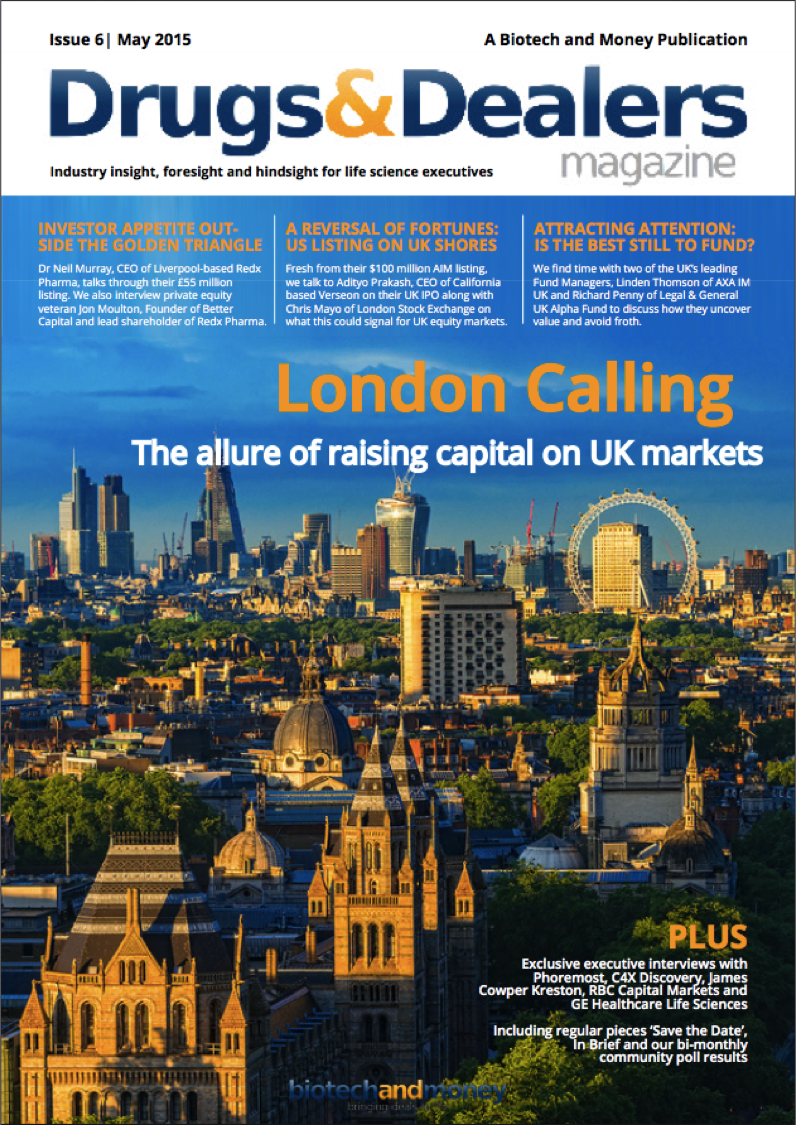AXA Framlington IM UK and the AXA Biotechnology Fund
Quality sites
- Online Casinos UK
- Casino Non Aams
- Casinos Not On Gamstop
- UK Casinos Not On Gamstop
- Best UK Casinos Not On Gamstop
- Casino Sites Not On Gamstop
- Casino Sites Not On Gamstop
- Casino Sites Not On Gamstop
- Non Gamstop Casino Sites UK
- Non Gamstop Casinos
- Best Online Casino Canada
- Casino Sites Not On Gamstop
- Non Gamstop Casino UK
- UK Online Casinos Not On Gamstop
- Best Slot Sites 2025
- Casinos Not On Gamstop
- Meilleur Casino En Ligne
- Non Gamstop Casinos
- Slots Not On Gamstop
- Non Gamstop Casino
- New Online Casinos Not Registered With Gamstop
- Casino Non Aams Sicuri
- Casino Sites UK Not On Gamstop
- Casino Non Aams Italia
- Bitcoin Casino
- Meilleur Site Casino En Ligne Belgique
AXA Investment Managers, one of the world’s largest asset managers, offers customised investment solutions across all major asset classes and regions. The AXA Framlington Biotech fund provides long-term capital appreciation by investing principally in equity securities of companies in the biotechnology, genomics and medical research industries worldwide. In this interview we talk to one of it’s leading Fund Managers, Linden Thomson, on the fund itself and how she sees the demand for UK life science and healthcare stocks continuing.
B&M: Linden, let’s talk a little bit about the AXA Framlington Biotech Fund. Perhaps you could tell me what is unique about the Fund, and how your approach separates you from other funds?
LT: I aim to keep the Fund as true to biotech and innovation-related stocks as I can. The Fund is now about £750 million and is 100% biotech focussed. Despite this size, I invest across the market capitalisation (cap) spectrum, which I consider very important as it allows exposure to a lot of the cutting-edge innovation which can be found in the smaller cap companies. I rely a lot on my own fundamental due diligence and I probably use sell side research relatively less than the competition.
B&M: You’ve delivered returns of close to 400% over a decade, more than 3 times the FTSE All-Share Index, which is quite phenomenal. What do you think are the keys to that success?
LT: The biotechnology sector itself has performed very well, particularly over the last few years, which has underscored the Fund’s outperformance. There are many reasons for this success including Research & Development (R&D) innovation, and the fact that large cap companies have delivered very strong growth.
Historically, investors have never rewarded R&D pipelines so much as they do now. With the very successful drug launches that we’ve seen over the last 2 or 3 years from the large and some mid-cap stocks, investors are now factoring in phase 2, phase 1, and sometimes even earlier pipeline indicators to assess long term growth potential.
Over this period, we’ve seen 20-25% growth in biotech and a broader environment closer to 0%. This has attracted a lot of inflows – not just from sector specialists but increasingly more generalist investors.
Looking forward, I see 22% growth over the next two years for the large caps in the biotech sector.
Furthermore, I think that pipelines look as strong as I have seen them since I’ve been covering the sector, and that gives me confidence in a favourable long term outlook as well.
Despite the performance of the sector, my aim is to continue outperforming the sector’s index, the Nasdaq Biotech Index (NBI). In my view, stock selection will be increasingly important as the sector starts facing some potential greater headwinds, including increased competition from biosimilars and further cost pressure.
B&M: Apart from pipelines, what else is contributing to that underlying growth story?
LT: We’ve had a virtuous cycle recently in terms of good underlying science driving pipelines, a favourable operating environment with the Food & Drug Administration (FDA) appearing more supportive of industry, and a good pricing environment supporting commercial execution. Furthermore, despite high prices, the demand for drugs that treat unmet medical needs continues to be high. The sector has also become more investable. Traditionally, the biotech sector was considered a very early stage sector with few profitable diversified companies and significant pipeline risk. Now you’ve got a sector where some of the largest companies across healthcare, in terms of market capitalisation and profits, are biotech companies. I think that has opened up the market to a more generalist investor base, who are more used to investing in diversified, profitably-run companies.
B&M: One of the frustrations that I hear from a lot of CEOs in our network in the UK is that there isn’t currently enough done to attract generalist investors. What are your thoughts on that?
LT: Certainly in the US, one of the reasons the sector has performed so well has been inflows from such generalist investors. This is particularly the case in the large cap space, and to a lesser degree the mid-caps. Generalist investors appear happier to be in those profitable or soon-to-be profitable stocks, rather than the more traditional, earlier stage biotech.
In the UK, the trend may be quite different, probably because in the UK there is more focus on that early stage company. Plus there have been fewer large cap success stories to aspire to.
I doubt that the environment will get much better than it is now for companies to try and engage with generalist investors.
UK interest in the sector has never been higher, as far as I can see, given how well the sector has performed in the US, as investors feel they’ve missed out on something, and as others scrutinise the valuation disconnect between the US and Europe. In terms of engagement, I would think that now is a perfect time.
B&M: What would your advice be to life science companies in the UK that are seeking to attract some of the attention of generalist investors?
LT: Companies looking to expand their investor appeal should make sure they’re with a good PR company, who is actively in dialogue with investors. Management need to be able to communicate the details of not just their business but also competitive positioning. Investor presentations should be actionable, with thorough supportive data. Expectation management is also crucial.
Particularly for some smaller companies, gaining attention is tough if you’re in an area that’s not a hot therapeutic area, or with clinical catalysts that are a long way off. When there are so many investment opportunities, companies that have clinical, value-creating events more than 6-12 months in the future are often demoted down the priority list. Keeping on the radar – occupying investor’s ‘mind space’ – is one of the biggest issues for currently attracting investor attention.
B&M: Let’s talk a little about the opportunities and threats we see. Where do you see the most compelling opportunities in the sector at the moment?
LT: I think the large caps as a group are actually relatively interesting. I obviously look at growth at a reasonable price, that’s the approach we take here. And I think the valuation of the large caps looks well supported against some higher-valued areas of the sector.
So as highlighted earlier, I still see 22% growth in the next couple of years for the large caps. Each one is individual in terms of having its own threats and opportunities. But there’s good growth in their established business, high profitability, really good cash flow generation, and some interesting pipeline opportunities which will read out over the next few years.
B&M: Most of the Fund is in US large caps isn’t it?
LT: Naturally I have investments outside of the US – and actually in the last few months the European names have been doing very well – but yes, a large proportion of the Fund is in the US, and a large proportion is in large caps. When you’ve got the kind of attributes I’ve just mentioned, alongside valuation support, I’m very happy to keep the Fund concentrated in this area.
B&M: You mentioned before that an area you really like is the antibiotic space. Why is that?
LT: Those therapeutic areas that currently are not well-served by medicine (unmet medical need) offer attractive investment opportunities for both companies and investors. In my view, infection that is resistant to available antibiotics is one of the biggest threats we currently face in this context. The introduction of antibiotics has been one of the key drivers of increased life expectancy, and we now often take it for granted that we no longer become seriously ill or die from basic infections. This could change as we see greater bacterial (and viral) resistance.
I’ve got a number of small cap companies that are investing in this area, including Tetraphase,
Cempra and Achaogen. It’s always been an area I’ve focussed on, and I feel some of these companies seem attractively valued compared to oncology names for example, and some of the other therapeutic areas.
B&M: What about immuno-oncology?
LT: This has traditionally been an area dominated by large cap pharma names (although many of the pharma assets came from biotech M&A!). I’m investing in the area through a number of names in the Fund, such as Incyte.
B&M: Let’s talk about potential threats to your Fund. Is there a potential threat of overvalued stocks in your Fund or an overreliance of a multitude of new companies?
LT: I have only participated in a small minority of the recent IPOs across the sector. So I wouldn’t say there is an overreliance on new companies in the Fund.
Turning to valuation, I think large caps are well supported. Last year the multiple didn’t really change despite the growth, and the pharma sector and rest of the market actually re-rated to meet it. So actually, if you look at the large caps, pharma is at a premium to biotech now. Whereas, valuations of some of the smaller and mid-cap stocks, those focusing on CAR-T’s, gene therapy, immuno-oncology players to some extent, are higher than they traditionally should be for their phase of development. And that’s a risk which I take account of in managing exposures across the Fund.
B&M: And is that purely valuation driven?
LT: Yes. I like the fundamentals, but the value is too high to buy some of them.
B&M: There is a lot of talk about high valuations in the biotech sector, does it concern you at all?
LT: If you take the fact that the sector is concentrated in large caps, which exhibit some of the positive qualities we’ve discussed, then no. I do think there are pockets of high valuations however, and it wouldn’t surprise me to see further volatility and some corrections across a number of names, which is probably healthy.
I would agree that valuation could be a threat. Pricing I would say is another overhang. However, I think you’ll still be able to maintain premium prices for drugs that serve unmet medical needs and have limited competition, so that’s really what I’m focussing on when looking at companies.
B&M: So clearly market opportunity is one thing you look for and a clearly differentiated product is another. Then obviously the quality of underlying science. Something that comes up time and again is management. What do you think?
LT: I think management quality is on the top 4 or 5 points I look at, especially in the small or mid-cap space. When you put together compelling science, mechanistic rationale, some clinical data, and a really good management team, that is a recipe for success in my view.
I would argue that a lot of the IPOs that we’ve seen from earlier stage companies have been successful for these reasons.
B&M: And consistency.
LT: Yes, management should set out what they expect to deliver, and then deliver on it, ideally beating that. Expectation management is also crucial. Not just on guidance for full year results, but also on timelines and data reads, so that investors understand what we should be looking for in data releases.
B&M: I want to talk a bit about M&A activity. It is a major theme for the healthcare sector this past year. What conclusions do you draw from this?
LT: I was quite surprised at the AbbVie/Pharmacyclics acquisition if I’m honest and the price paid. I considered Pharmacyclics fairly valued before the rumours of a bid.
When you look at valuations now, the science has moved on arguably, and return on R&D investment looks as if it is improving. It’s made me reconsider how I look at things to a certain extent, because this is a mark in the sand of how much a company is prepared to pay for access to a commercial product and pipeline. When we talk about bubbles and valuation, the sector has done really well, but corporates are still coming in and acquiring companies for their pipelines or products on the market.
B&M: Do you think there will be a hiatus in the M&A frenzy?
LT: I expect it to continue. It’s never really stopped in biotech. Previously, pharma dealmaking was driven by companies trying to fill their pipelines ahead of patent expiry issues. Now I think it’s more about accessing the best innovation.
While financing can be accessed relatively cheaply, I can’t see any reason for companies to stop acquiring assets that look really interesting. What stands out about recent activity however is the share prices of both target and acquirer jumping on news of these announcements.
B&M: I just want to talk a little bit about the industry as a whole. The way you’ve described it so far, it sounds as if you’re very bullish for the industry, very optimistic. Is that a fair assessment?
LT: I expect demand for healthcare will continue to increase. To name just three drivers of demand, we have an aging population which traditionally uses more and spends more on healthcare; numerous lifestyle factors associated with increased morbidity and mortality such as obesity; and we’ve also got populations of countries outside of Western Europe and the US that are demanding better standards of healthcare and greater access.
Furthermore, drug R&D pipelines, the long term growth drivers for the sector, continue to look healthy. However, there are definitely some threats to the sector. Pricing, and the sustainability of the premium pricing we’ve seen, is likely to come under increased pressure when we witness the launch of biosimilars in the US. It’s something that we need to factor in as a headwind to some of the companies in the sector.
However, I’m fairly upbeat. I wouldn’t be surprised to see more volatility in the near term, but on the whole, there aren’t many sectors that you can forecast 20% plus growth for.
B&M: Lastly, what can we expect to see from you and the Fund in the next 6 to 12 months?
LT: I hope to continue outperforming the benchmark. And getting my head down and doing what needs to be done.
You can read this and 10 other exclusive executives interviews in May’s Drugs & Dealers Magazine.






Leave a comment